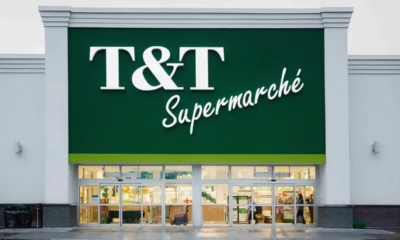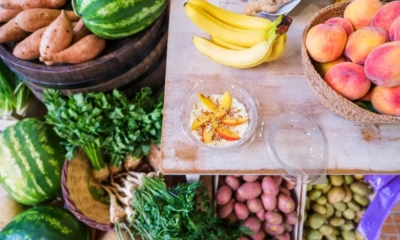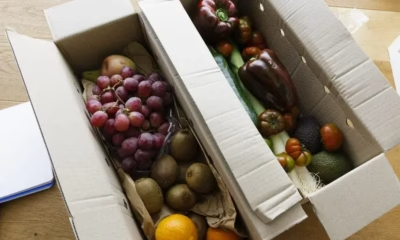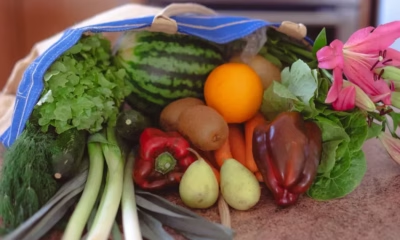Fresh Produce
Local Produce Grows as Key Driver in Department Traffic
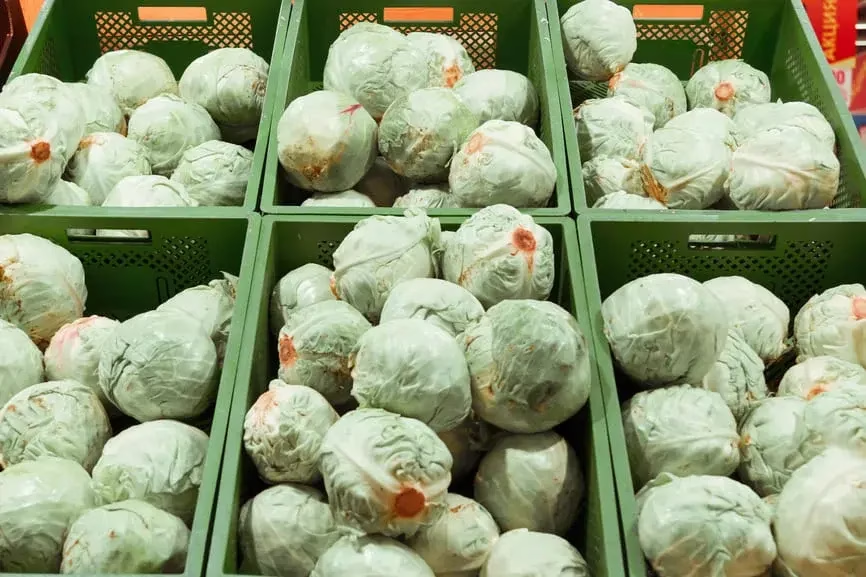
Local Produce Drives Shopper Traffic in Produce Departments
Rising Local Produce Demand Reflects Consumer Preferences
Shoppers increasingly prioritize fresh, locally sourced food, making local produce demand a major force in driving department traffic.
Consumers value freshness, sustainability, and traceability, and these priorities now influence their grocery decisions more than ever before.
According to the Power of Produce 2025 report, 60% of shoppers want more locally grown produce in stores.
Additionally, 43% say knowing where the produce is grown impacts their final purchase decision significantly.
This growing interest in local fruits and vegetables reflects both environmental concerns and a desire for better-tasting products.
Demographic Trends Fuel Growth
Different Generations, Shared Interest
The report shows that local produce demand spans across generations, although preferences vary slightly among age groups.
Boomers lead the way, with 72% wanting more locally grown options in their produce departments.
Gen X follows at 64%, millennials at 51%, and Gen Z at 44%, showing broad support across the market.
Older generations prioritize the location of origin, while younger shoppers focus more on growing practices and sustainability.
This insight allows grocers to tailor marketing and signage to meet each group’s preferences.
Why Local Produce Appeals to Shoppers
Freshness and Speed to Shelf
Local growers supply stores with fruits and vegetables much faster than national distributors.
Most local produce arrives in stores one to three days quicker, keeping products fresher and tastier.
This speed gives grocers a quality advantage that appeals strongly to freshness-focused customers.
Local foods also often support seasonal eating habits, offering consumers a natural variety throughout the year.
Popular Products with Local Roots
Shoppers gravitate toward corn, tomatoes, peppers, squash, cucumbers, and leafy greens like kale and lettuce.
Regional preferences also play a role—for example, Southern stores see strong demand for okra and similar crops.
Retailers can use local crop data to fine-tune assortments and offer the most appealing selection to each market.
Challenges Retailers Must Navigate
Managing Small-Scale Partnerships
Sourcing local goods involves building relationships with smaller farms and vendors.
These partners often lack experience with large retail operations, creating logistical and communication hurdles.
Store deliveries might need to happen early in the morning or late in the evening due to farm schedules.
That adds complexity to store operations and requires careful coordination between buyers and growers.
Retailers must also address packaging and freshness controls, which differ from national supply systems.
Balancing Cost and Supply
Local growers often carry higher production costs, which can impact pricing and margin strategies.
Retailers must weigh customer expectations for price and quality against these unique supply dynamics.
Direct delivery models may help reduce costs, but they demand stronger collaboration and support between grocers and growers.
Future Outlook on Local Produce
A Strategic Focus for Growth
Despite the challenges, the benefits of fulfilling local produce demand are undeniable.
Retailers who meet this demand can boost shopper loyalty, increase basket sizes, and stand out in a crowded market.
With transparent sourcing and strong farmer partnerships, grocers can build a brand identity tied to quality and trust.
As more consumers value local food systems, stores that adapt quickly will likely gain the strongest advantage.
Explore More Retail and Produce News
Stay informed on grocery trends and produce innovation by visiting our site regularly.
[Explore more news and insights right here on our website.]

